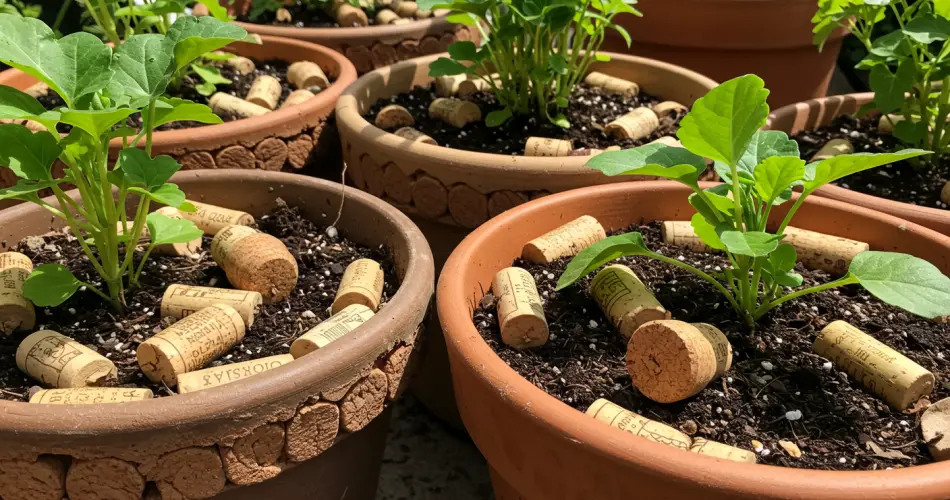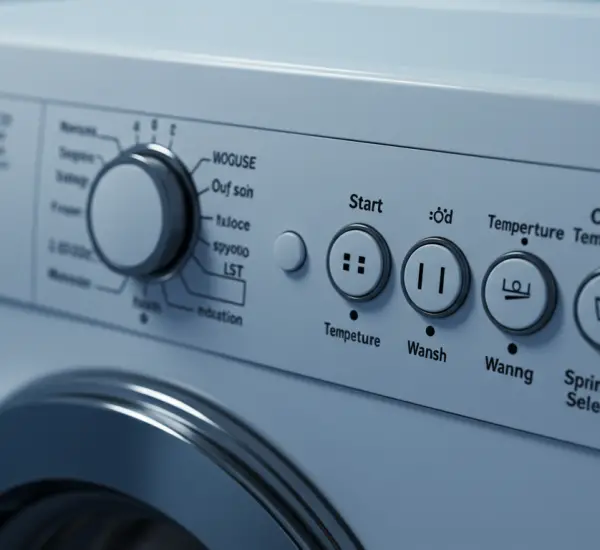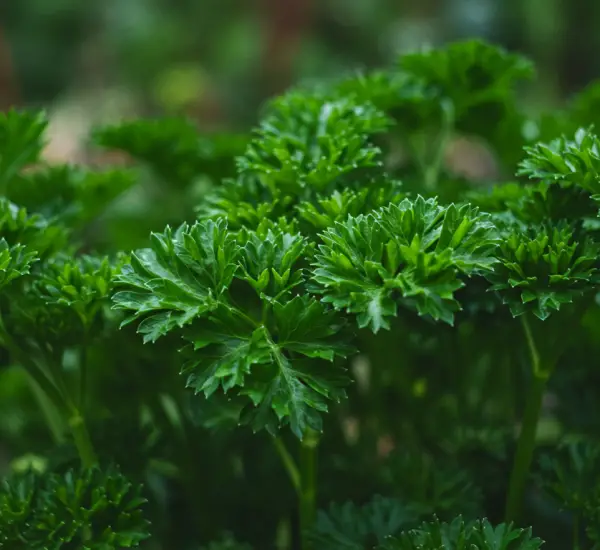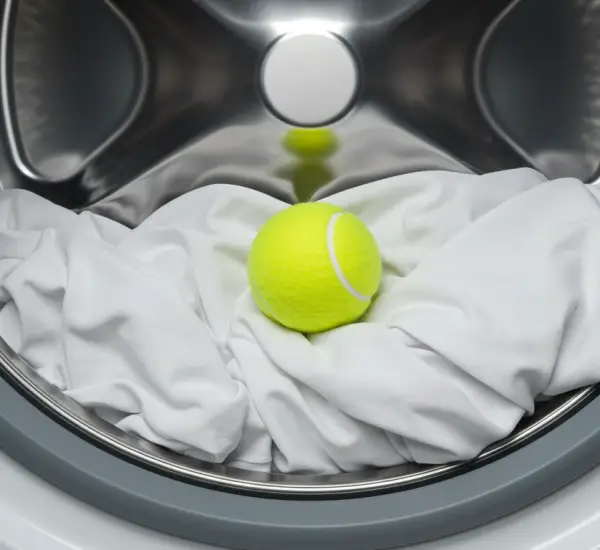Most of us think of wine corks as simple bottle stoppers that get tossed away after a good meal. But what if we told you those little pieces of cork could become powerful allies in your garden? Few people realize that corks — made from the bark of the cork oak tree — can be incredibly useful for plants, both indoors and outdoors. They help improve soil quality, prevent mold, and even protect plant roots. Here’s why more and more gardeners are adding corks to their soil and how you can make the most of them too.
Why Outdoor Care Is as Important as Indoor Cleaning
We all know how essential it is to keep our homes clean and organized. Regular cleaning helps prevent the spread of germs and bacteria, ensuring a healthy environment. But for those who have a balcony, terrace, or garden, maintaining these outdoor spaces is just as important.
Outdoor areas serve many purposes — they’re where we relax, host family dinners, or grow our favorite plants. To make the most of these spaces, they need to be tidy and well cared for. Chairs and tables should be wiped regularly, walls kept dry to prevent mold, and — most importantly — the plants must be tended to with love and attention.
Plants and flowers are the true jewels of any garden or terrace. They add color, fragrance, and life to your surroundings. For those who grow aromatic herbs, the benefits extend to the kitchen as well — fresh basil, rosemary, thyme, or parsley are all a cook’s delight.
Whether you have a few houseplants or a large outdoor collection, regular maintenance is key: pruning dry branches, watering properly, and occasionally enriching the soil with fertilizer. While store-bought fertilizers are effective, nature offers free and eco-friendly alternatives — and corks are one of them.
The Ancient Secret of Cork: From Roman Amphorae to Modern Gardens
Cork is not a modern invention. Its use dates back to ancient Greece and Rome, where it was prized for its flexibility, durability, and water resistance. Back then, it was used to seal jars, amphorae, and containers of wine and olive oil.
Today, cork remains just as valuable — not only for wine bottles but also as a natural aid for gardeners. When broken down into small pieces and added to soil, cork can improve plant health and help prevent common problems like mold and excess moisture.
How to Use Wine Corks in Gardening
1. Enriching the Soil
One of the simplest and most beneficial ways to use corks in your garden is to break them into small pieces and mix them with the soil. You can do this by hand or with a small knife. Once added to the soil, cork helps in two main ways:
-
Improves aeration: The small gaps created by cork pieces allow oxygen to circulate better through the soil, promoting healthy root growth.
-
Prevents mold: Cork has natural antifungal properties that help reduce the risk of mold formation, especially in potted plants where humidity can build up.
Cork decomposes very slowly, meaning it will continue to improve your soil structure for years without needing replacement.
2. Protecting Roots and Retaining Moisture
Cork can also replace mulch materials such as bark or dry leaves. It’s particularly effective for orchids and other plants that don’t require full coverage with soil. When placed around the base of these plants, cork helps maintain the right level of humidity while allowing air to reach the roots.
Additionally, cork acts as an insulating barrier — it keeps the soil cool in the summer and prevents it from drying out too quickly. This is especially useful for potted plants exposed to direct sunlight or wind.
By covering the top layer of soil with crushed corks, you can:
-
Keep the soil moist for longer, reducing the need for frequent watering.
-
Prevent the growth of weeds and unwanted plants.
-
Give your pots a neat and decorative look.
3. Avoiding Water Stagnation
Excess water is one of the most common causes of plant problems, especially root rot. Cork can help with that too. By placing cork pieces under your pots, you can improve drainage and protect the roots from sitting in standing water.
Here’s how to do it:
-
Take a wine cork and cut it into four round slices.
-
Place these under the pot, like small feet, to slightly elevate it.
This simple trick allows air to circulate underneath and ensures that any excess water drains away easily, keeping the roots dry and healthy. It’s a small change that can make a big difference, particularly for delicate plants.
Extra Uses for Wine Corks in the Home
Corks aren’t only useful in the garden — they can also solve common household problems. One of their most surprising abilities is absorbing odors and moisture, making them excellent natural deodorants.
If your refrigerator tends to develop strong food smells, simply place a few clean wine corks inside. They’ll absorb unpleasant odors over time, keeping your fridge fresher between cleanings. This trick works especially well near foods with strong aromas, like cheese, onions, or fish.
You can also put corks in your fruit and vegetable drawer. Because they absorb excess humidity, they help prevent mold and prolong the freshness of your produce. Replace them every couple of weeks for best results.
Why You Shouldn’t Throw Away Corks Anymore
Cork is one of nature’s most sustainable materials. It’s harvested from the bark of the cork oak tree, which regenerates naturally without being cut down. Reusing wine corks instead of throwing them away is not only an eco-friendly choice but also a smart, practical one for anyone who loves gardening.
By incorporating corks into your plant care routine, you’re improving soil health, preventing mold, enhancing drainage, and even decorating your pots — all while reducing waste.
So next time you open a bottle of wine, don’t toss that cork. Keep it, cut it, and give it new life among your plants. Your garden — and the environment — will thank you for it.
In summary:
Wine corks are far more than just bottle stoppers. They’re natural soil enhancers, moisture regulators, and even odor absorbers. Whether in the garden or around the home, these small pieces of cork can make a big difference. Start saving them today — your plants will grow healthier, and your home will stay fresher.



